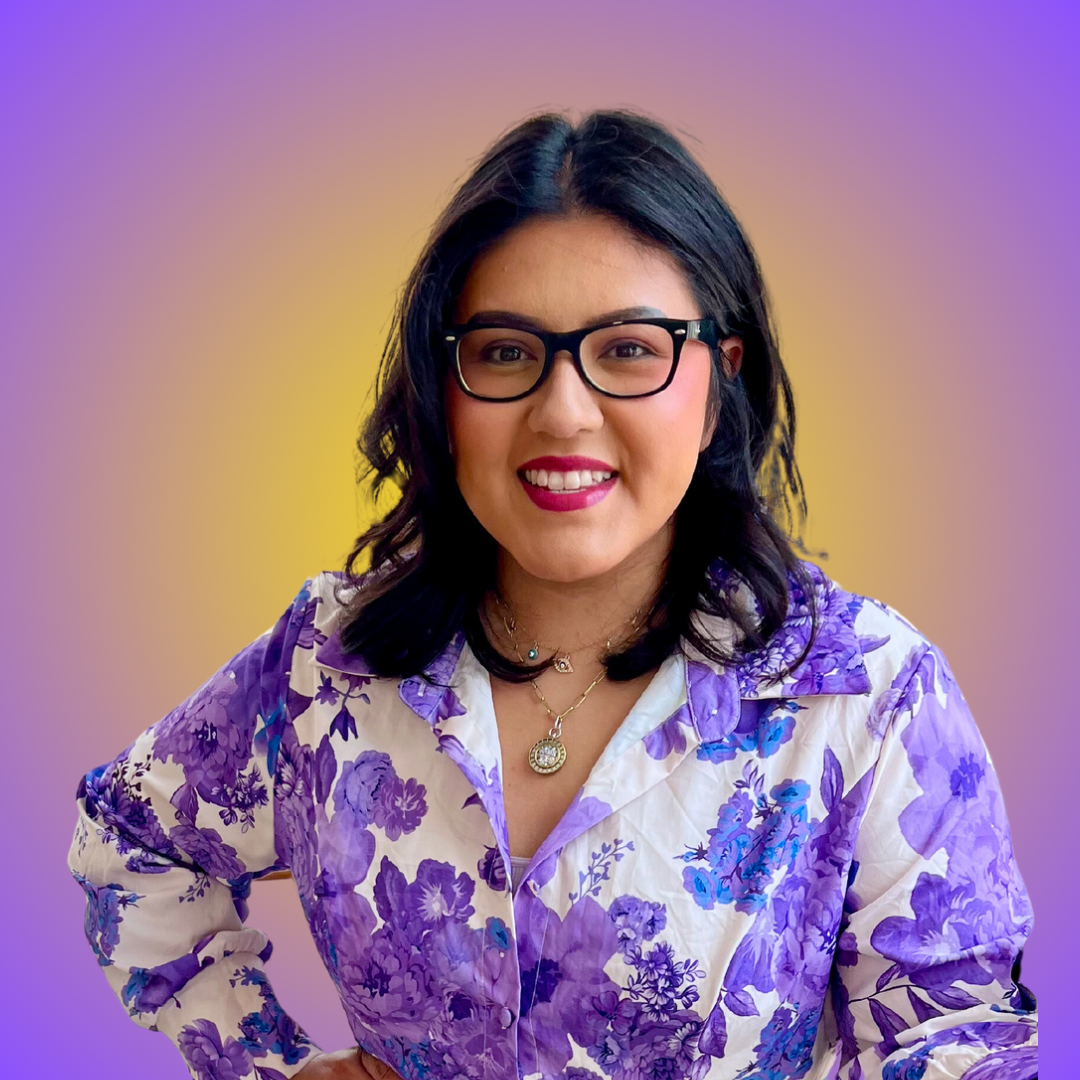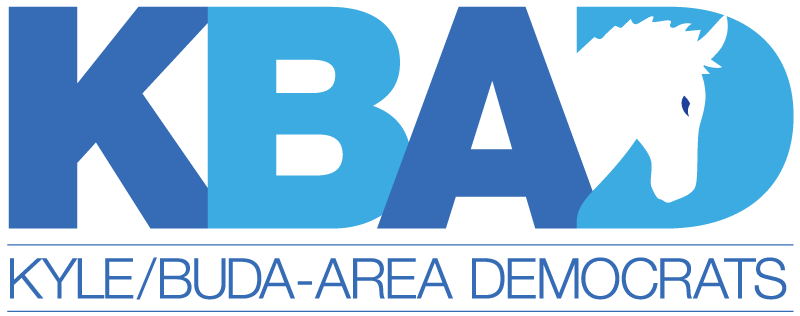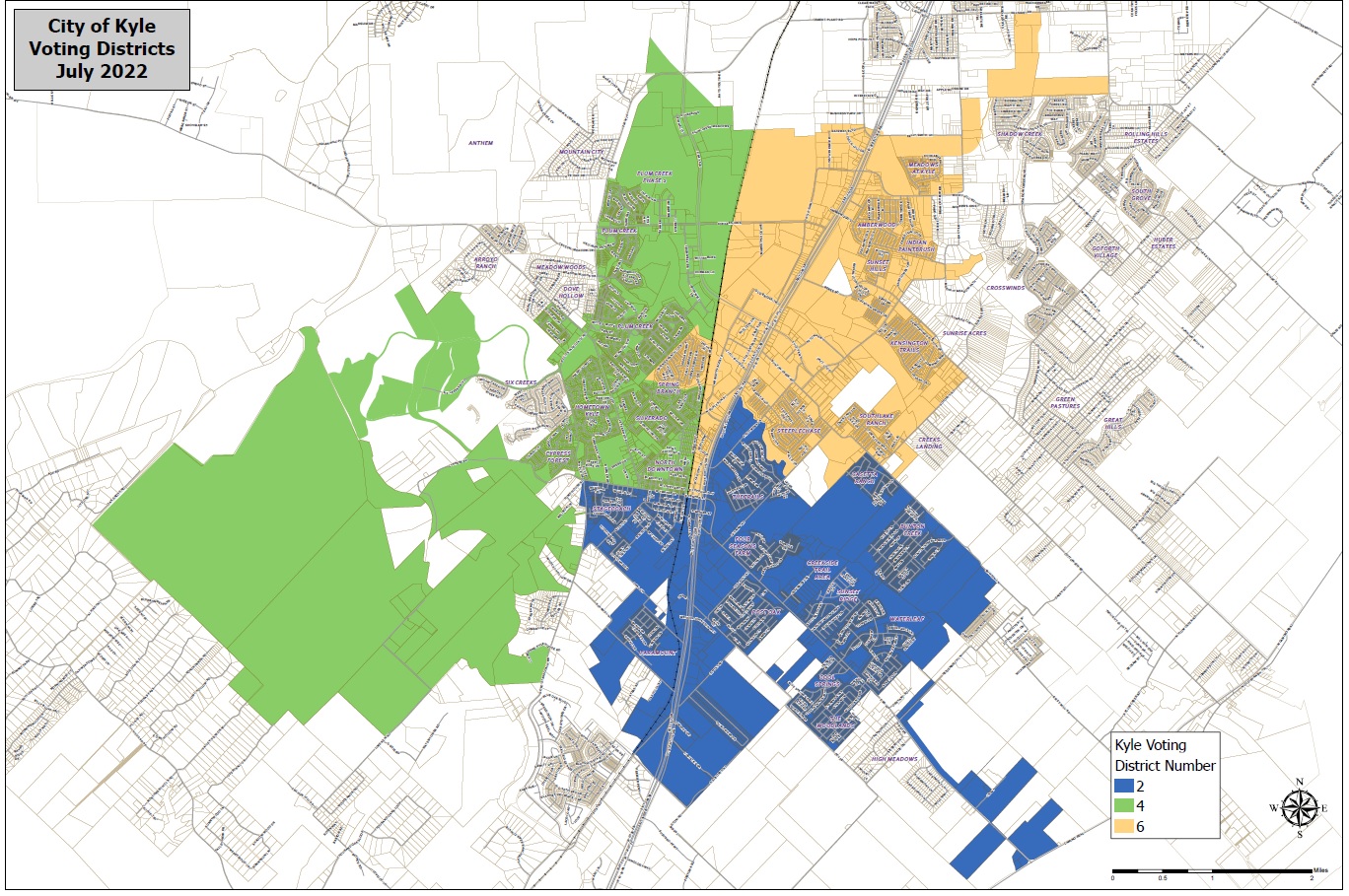
Name
Claudia Zapata
How can voters contact you?
In a few sentences, tell us about your background. Include in your answer information about your education, employment, and leadership experience.
Hays County uses vote centers, meaning Hays County voters may cast ballots at any vote center in the county during the times the vote centers are operating.
Hays County Voting Dates and Times
These are Hays County's May 2022 Election Day Voting locations. Registered Hays County voters can vote at any of these locations.
Early Voting: October 23 - November 3, 2023
Monday, October 23 - Friday October 27: 8 a.m. – 5 p.m.
Saturday, October 28: 10 a.m. – 6 p.m.
Monday, October 30 - Wednesday, November 1: 8 a.m. – 5 p.m.
Thursday, November 2 and Wednesday, November 3: 7 a.m. – 7 p.m.
Election Day: Tuesday, November 7 — 7 a.m. – 7 p.m.


